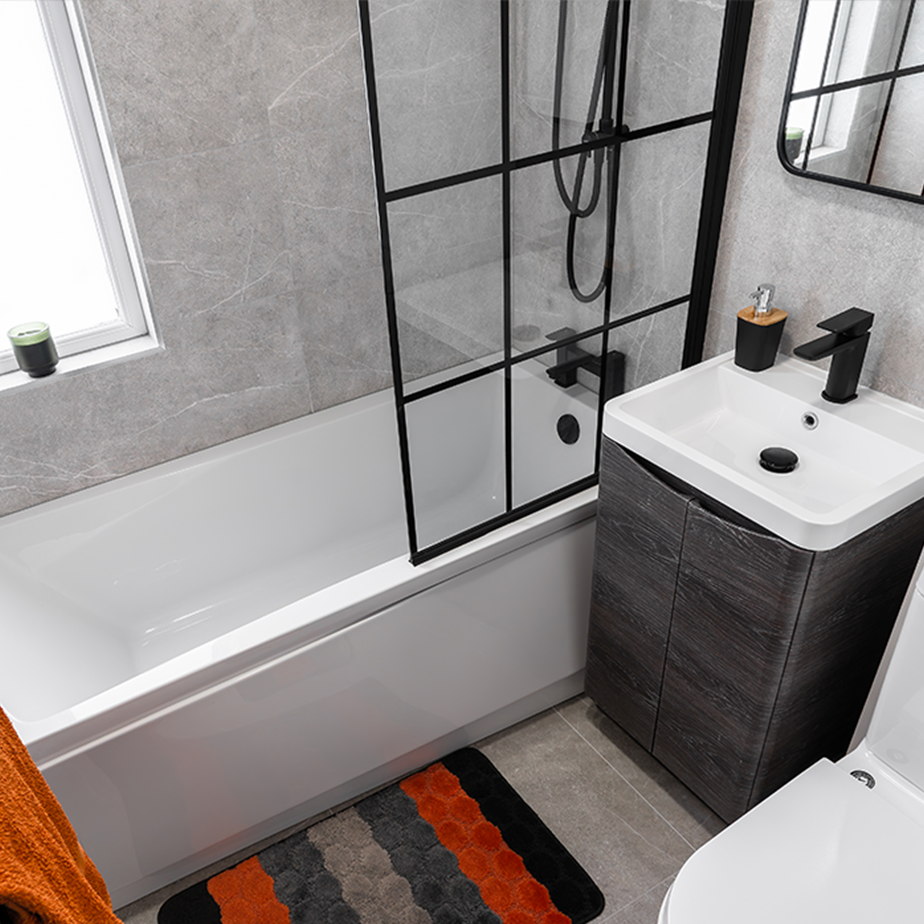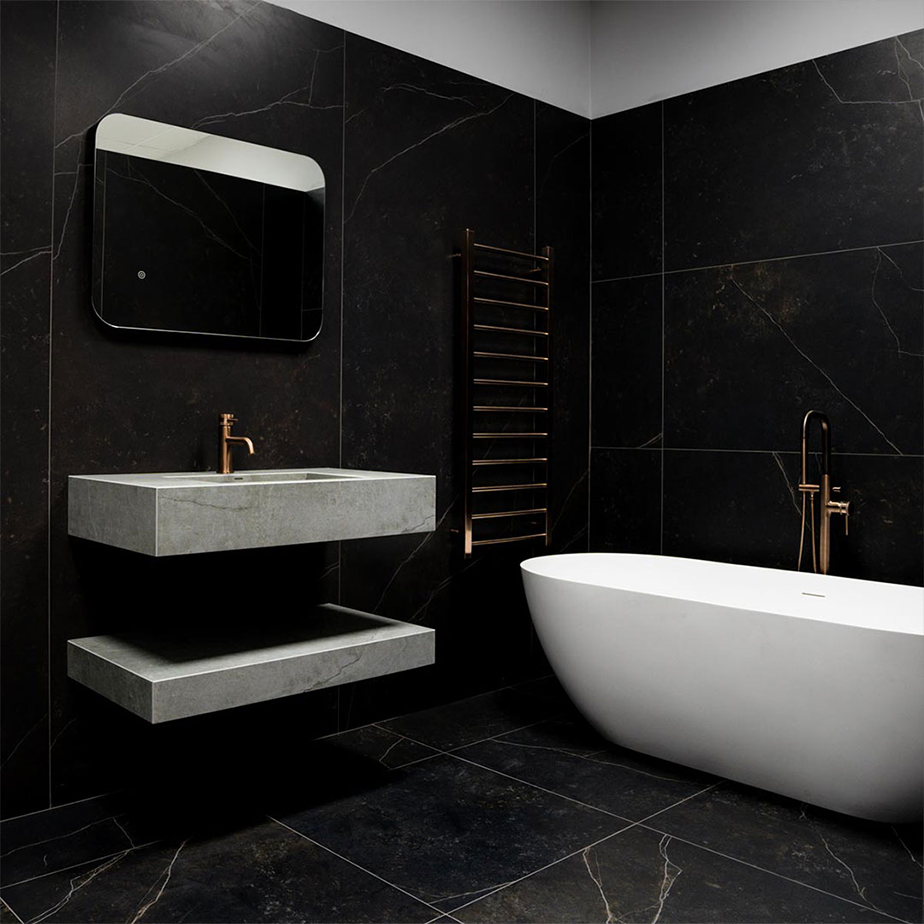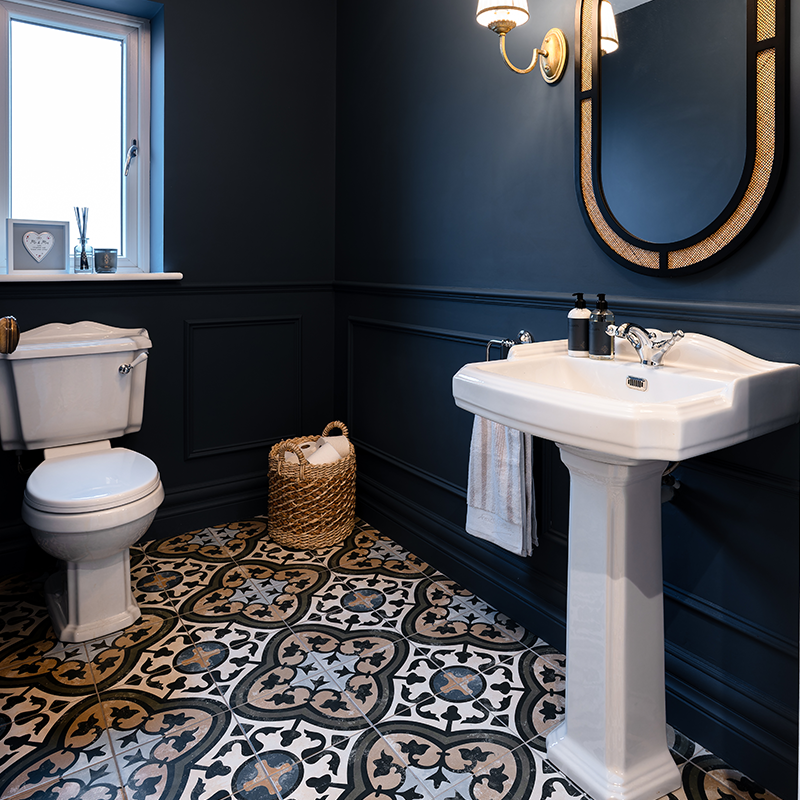Everything you need to know about bathroom renovation
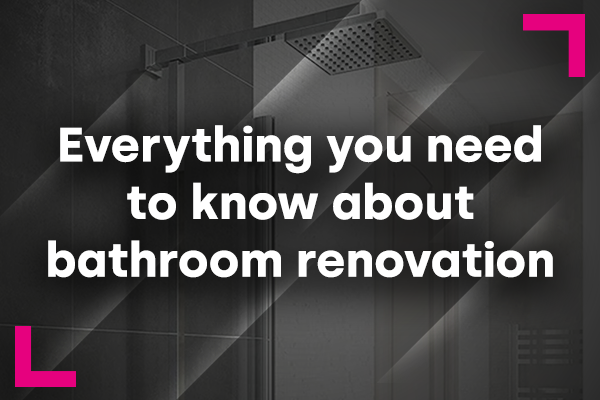
If you’re taking on a bathroom renovation project, there are various things to discuss with your client before getting stuck into the work. From the type of property you’re working on, to planning out the design and the scale of the project, there are lots of things to consider.
Here are some key questions to discuss with your customer before the job begins:
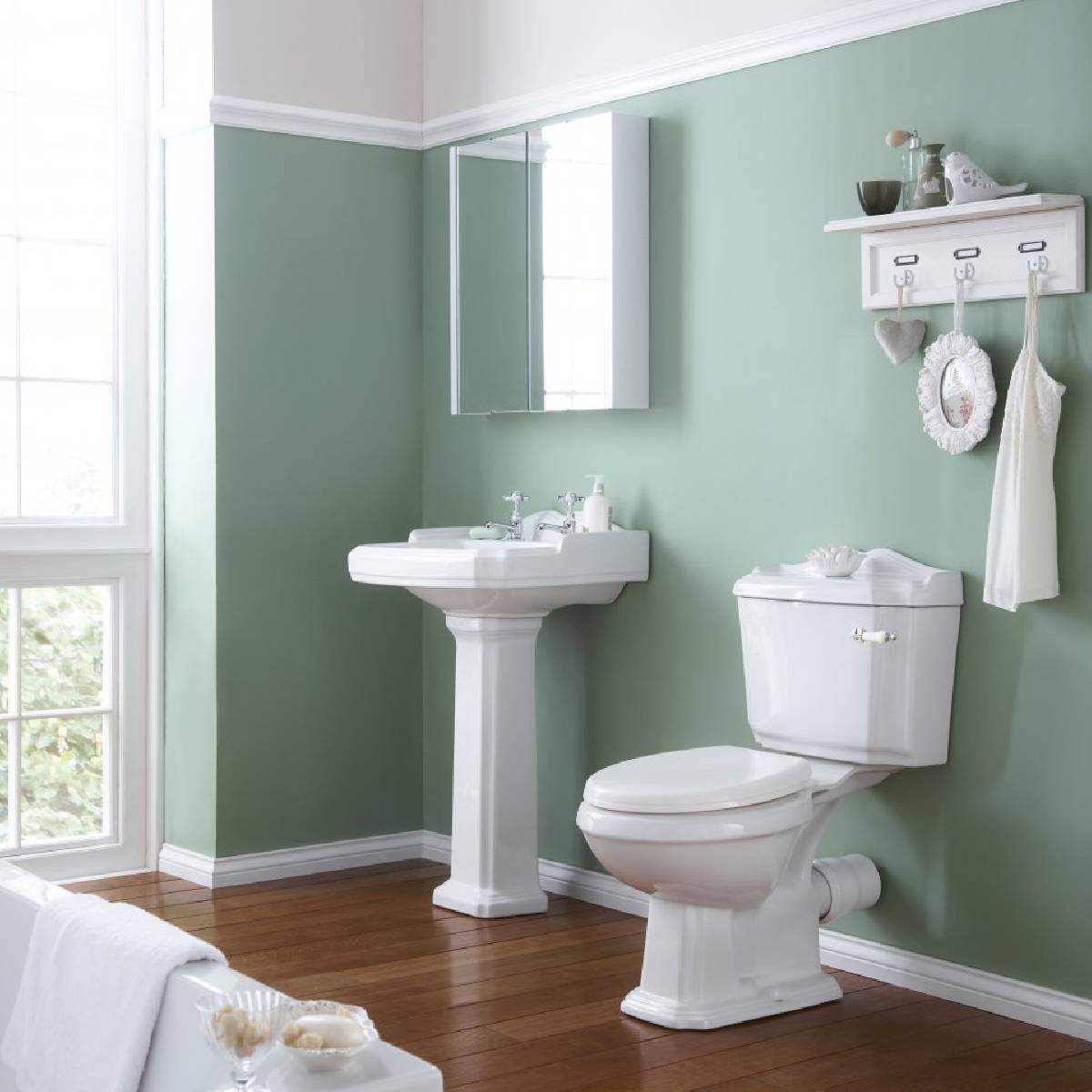
Always confirm the layout of the bathroom with your customer before commencing renovation work.
Bathroom layout
Following an initial brief with the client, the first thing to do after this is to accurately plan out the logistics of the bathroom and ensure that the customer understands where everything will go, considering both functionality and aesthetics. Check whether the following will require renovation and draw out a plan to illustrate each point:
- Soil pipe positioning: If reworking an existing bathroom, confirm whether the toilet will remain in its current position or if the customer wants to move it elsewhere. If they do, then you’ll need to carry out additional pipework, moving the soil pipe to the new location. If the toilet is the first thing you see when entering the room, then chances are your customer might want to move it as, from a design perspective, most people prefer not to have it in full view if the bathroom door is left open, for example.
- Consider the window/s and bathroom door: The renovation work will also be influenced by the placement of windows and doors. For example, how far the door opens into the room will affect available floor space and where things are positioned.
- Structural features of the room: The design of the bathroom will dictate layout, with corners, alcoves and sloping ceilings, for example, also having an impact on where furniture is located.
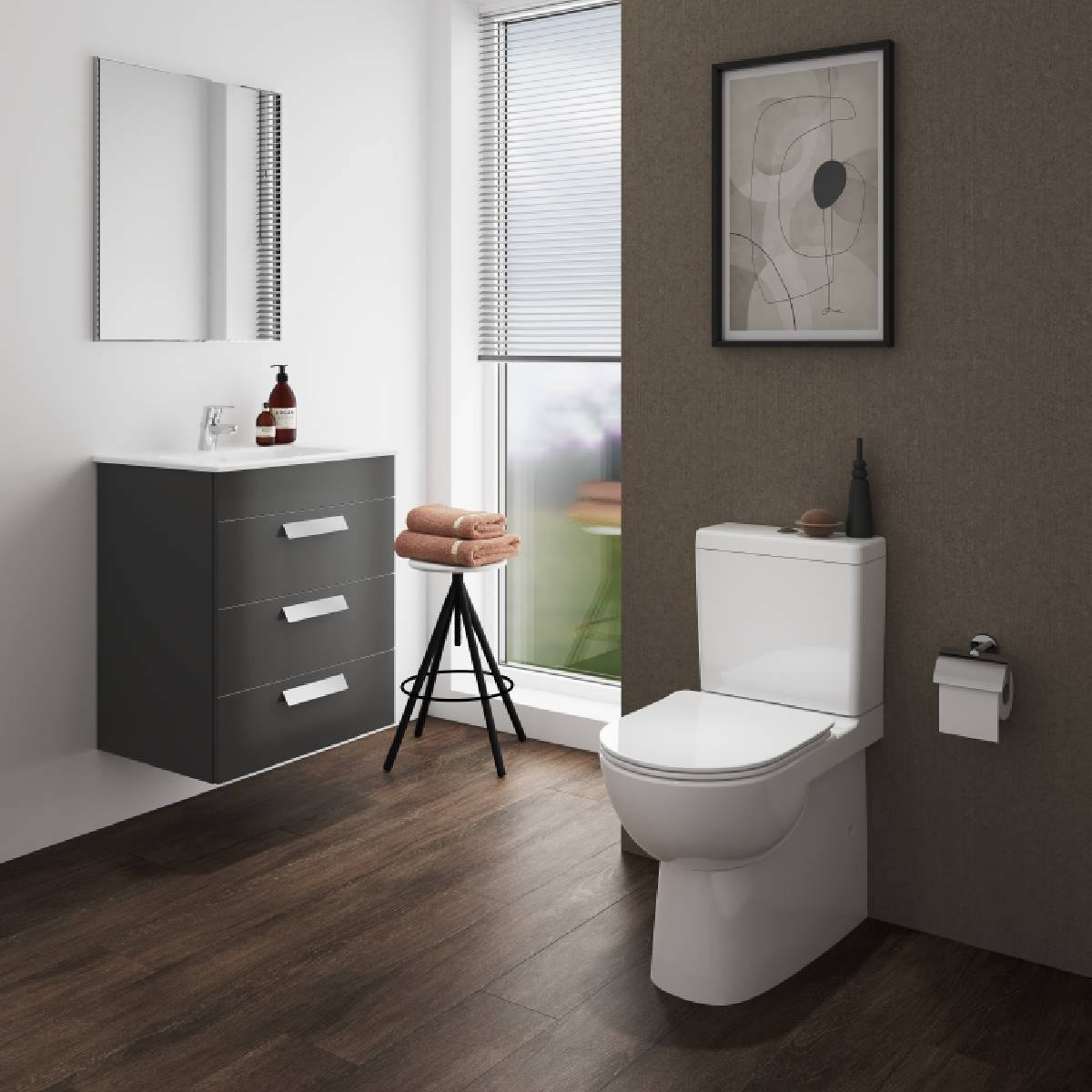
Remember to check the location of the soil pipe and whether this needs to be moved to fit the toilet.
Building regulations
If the renovation is taking place in an existing bathroom, then regulations shouldn’t be an issue. However, if the renovation is part of an extension or the bathroom is being relocated in another room, then new pipework and electrical fittings will need to be installed in line with current regulations.
- Do you need to replace the pipes? If the property is older and the plumbing hasn’t been updated for a while, then chances are it will benefit from that now. While your customer is getting work done, it makes sense to do this while the renovation work is going on, so remember to make your customer aware that any new pipework will need to adhere to building regulations.
Is the current water supply low or high pressure and will it work with the fixtures chosen for the renovation?
If customers are installing floorstanding baths with matching freestanding taps, then it’s important they have the correct water pressure system in place – or to adjust this before fitting the furniture, in order for everything to work properly.
The same thing applies to rainfall showerheads and showers with water jets, which will require a high-pressure system.
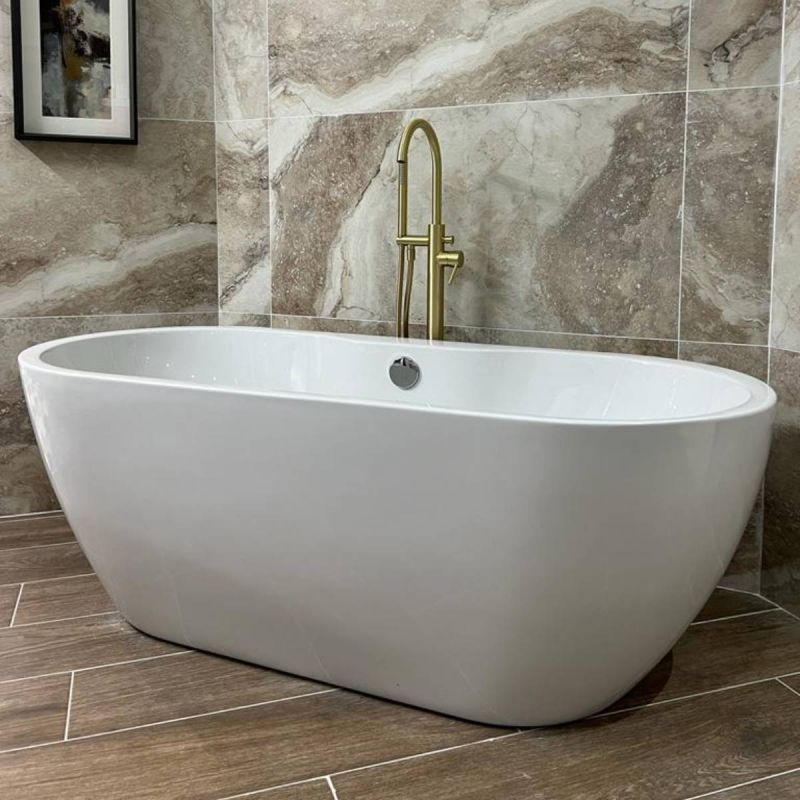
Floorstanding baths will require a higher pressure water system.
What space do you have for the renovation and what fixtures will be included?
If the redesign is going to include larger items such as floorstanding baths, which will need more room and surrounding floor space, then make sure all measurements have been taken correctly and that the customer is aware of what’s realistic. Larger showers or wet room areas will also take up more space, so dimensions should be accurate so that all bathroom furniture is accounted for.
Make sure the customer understands the dimensions of their chosen toilets, baths and showers – and what’s achievable in their room in terms of measurements and size of fixtures.
What way will the bathroom be heated (e.g., towel rails, traditional radiators, underfloor heating)?
When planning the heating element of the bathroom, things like floorstanding radiators need to be taken into account, as these will once again take up floor space and influence the bathroom layout. Similarly, if underfloor heating is being installed then it’s important to be able to advise on the correct flooring to use with this and then, of course, to have the skills to install it correctly.
Heated towel rails, meanwhile, which are wall-mounted, can also be plumbed as dual fuel – using either the main central heating system or electricity – or can be electric only. It’s therefore important to be able to do this and to explain the options to customers ahead of installation.
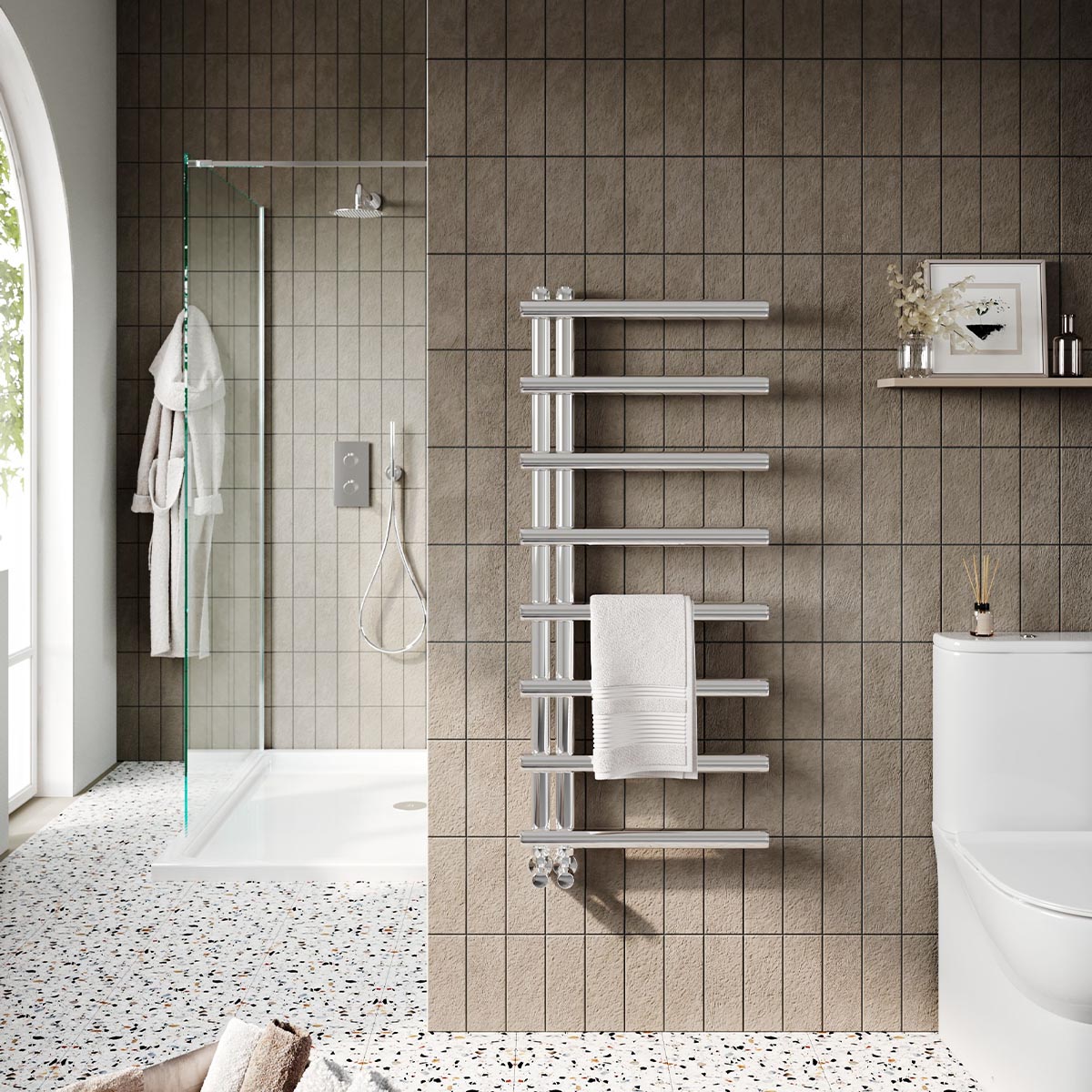
Heated towel rails can be plumbed as dual fuel or be electric only.
Do all vintage features need to be replaced?
If a renovation is taking place on an older property and some fixtures – such as tiles – will end up costing a lot more to replace, or will be difficult to remove, then consider incorporating these into the remodel. Your customer may not have thought of doing this, or understand the logistics and costs involved, so being able to outline all options is key. Staying up-to-date on bathroom trends is also useful, as you can advise customers on how vintage features are included in contemporary designs.
When it comes to bathroom renovations, there’s a lot to consider. However, if you’re upfront with your customer from the outset and are able to clearly explain all the work involved, then the project will ultimately run more smoothly.
For all your trade bathroom needs, Bathshack has it covered with a wide range of quality baths, toilets, showers, tiles and more – with everything available at great-value trade prices and with speedy delivery guaranteed.
Contact Bathshack for all your bathroom renovation needs. Alternatively, email our team at info@bathshack.com or give us a call on (028) 9077 0188.
